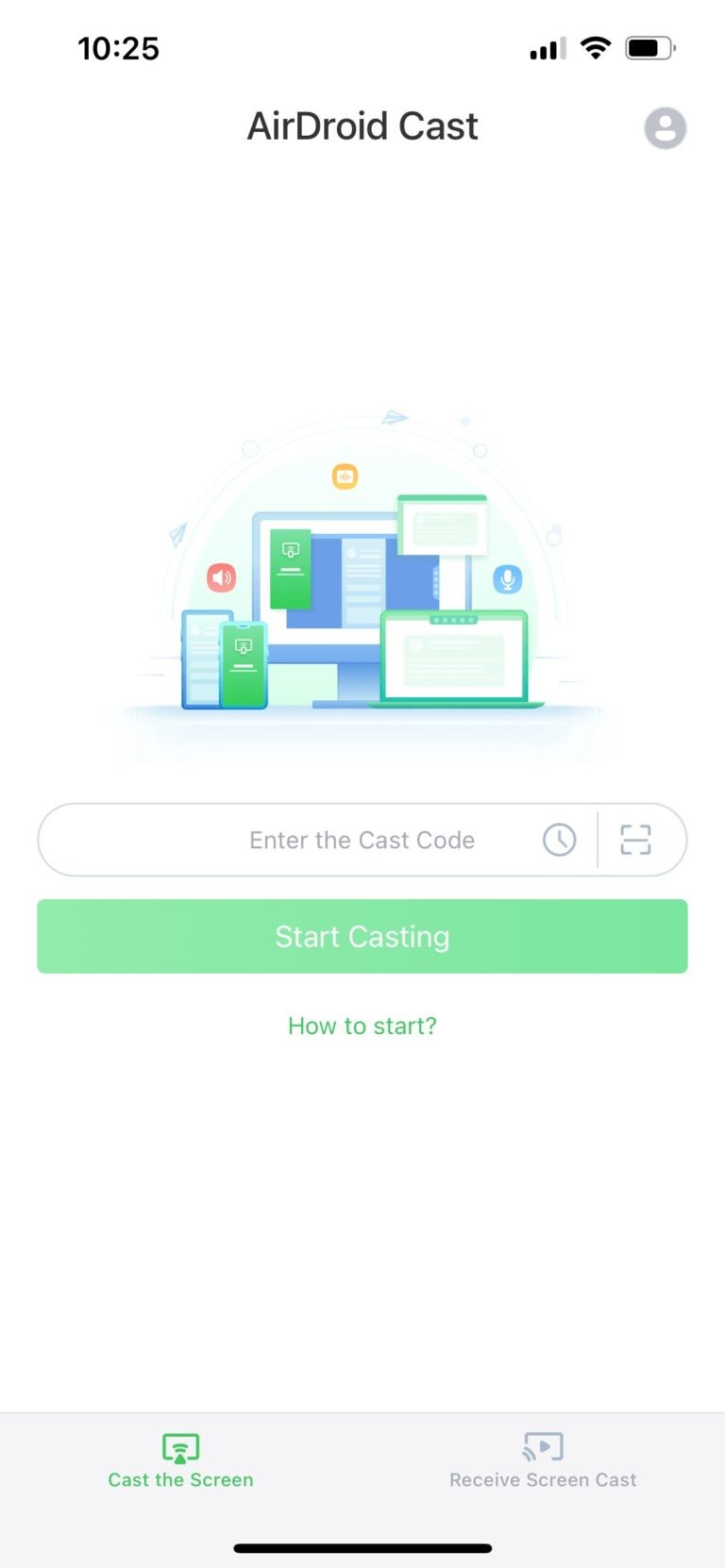Enhancing your driving experience with Google Maps on your car display offers a safer and more intuitive way to navigate. Instead of glancing at your phone, projecting Google Maps onto your car’s screen provides a larger, more accessible display right in your line of sight. This guide focuses on how to seamlessly connect Google Maps to your car display, particularly for Android users, ensuring you can access navigation and other essential apps with ease while on the road.
1. Connecting via Android Auto: The Primary Method
For Android phone users, Android Auto is the most integrated and recommended method to display Google Maps on your car screen. This system is specifically designed for in-car use, offering a streamlined and safe interface.
Before you begin, ensure your car and Android phone are compatible with Android Auto. Most modern vehicles and Android phones running Android 10 or later support Android Auto. For phones with Android 9 or earlier, you might need to download the Android Auto app from the Google Play Store.
Here’s a step-by-step guide to connect Google Maps to your car display using Android Auto:
-
Step 1: Check Compatibility and App Installation. Verify that your car supports Android Auto. For your phone, if it runs Android 10 or newer, Android Auto is usually pre-installed. If you have an older Android version, download “Android Auto” from the Google Play Store.
-
Step 2: Establish the Connection. The most reliable connection for Android Auto is typically through a USB cable. Plug a high-quality USB cable into your Android phone and then into your car’s USB port that is designated for Android Auto (it’s often labeled or indicated by an Android Auto icon). While some newer cars offer wireless Android Auto, a wired connection is generally more stable, especially for initial setup.
-
Step 3: Enable Android Auto on Your Car Display. Once connected, your car’s infotainment system should detect your Android phone. Look for the Android Auto icon on your car’s screen, often found on the home screen or within the menu options. Tap the icon to launch Android Auto.
-
Step 4: Access Google Maps and Navigation. After Android Auto is enabled, you’ll see a familiar Android interface on your car display. Navigate to the app menu within Android Auto, and select Google Maps. You can now use Google Maps directly on your car screen for navigation, voice search destinations, and real-time traffic updates.
Note on USB Cables: While many USB cables look alike, their quality can significantly affect data transfer and connection stability, especially for Android Auto. It’s highly recommended to use the original USB cable that came with your Android device or a certified high-quality data cable to ensure a reliable connection for Android Auto.
2. Utilizing Third-Party Mirroring Apps: An Alternative Approach
If your car does not support Android Auto, or if you prefer a wireless solution without native integration, third-party screen mirroring apps can be a viable alternative to get Google Maps on your car display. These apps mirror your phone screen onto your car’s infotainment system, allowing you to display Google Maps and other apps.
For this method to work, your car’s infotainment system typically needs to have a web browser or the ability to install apps, depending on the mirroring app you choose. Let’s explore a general approach using a web-based mirroring app as an example.
-
Step 1: Install a Mirroring App on Your Android Phone. Download and install a screen mirroring application on your Android phone. Popular options include AirDroid Cast, Vysor, and others. For this example, we’ll refer to a generic mirroring process similar to apps like AirDroid Cast.
-
Step 2: Launch the Mirroring App and Obtain Connection Code/Link. Open the mirroring app on your phone. The app will usually provide connection instructions, often involving a cast code or a web link.
 airdroid cast app interface on phone
airdroid cast app interface on phone
-
Step 3: Access Car Browser and Enter Connection Details. On your car’s infotainment system, open the web browser. Navigate to the URL provided by your mirroring app (often a web casting service). You might be prompted to enter a code displayed on your phone app or scan a QR code. Follow the instructions provided by your chosen mirroring app.
-
Step 4: Initiate Mirroring and Use Google Maps. Enter the necessary connection code from your phone into the car browser, or complete the connection process as instructed by the mirroring app. Once connected, your Android phone screen should be mirrored onto your car display. You can now open Google Maps on your phone, and it will be visible on your car screen.
Important Considerations for Mirroring Apps:
- Internet Connectivity: Mirroring apps may require internet connectivity for both your phone and car (if the car system uses online browser). Ensure you have sufficient data or a Wi-Fi hotspot if needed.
- App Compatibility and Safety: Not all mirroring apps are optimized for in-car use. Choose reputable apps and be mindful of safety while driving. Interaction with a mirrored screen might be less optimized for driving compared to Android Auto.
- Performance: Mirroring can sometimes be less smooth than native integrations like Android Auto, depending on network conditions and app optimization.
Conclusion: Navigate Smarter on the Road
Connecting Google Maps to your car display significantly enhances navigation and driving safety. For Android users, Android Auto offers the most seamless and integrated experience. If Android Auto isn’t an option, third-party mirroring apps provide a flexible alternative. By following these methods, you can enjoy the convenience of Google Maps on a larger screen, making your journeys more informed and safer. Choose the method that best fits your car and phone capabilities, and get ready to navigate smarter on every drive.
